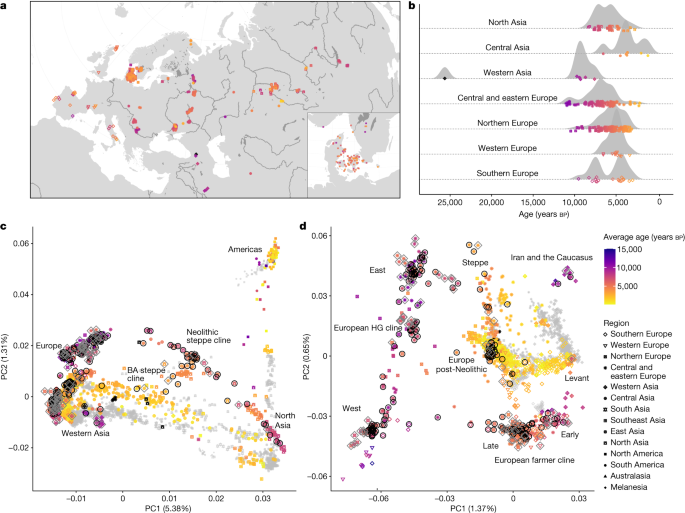bicicleur 2
Regular Member
- Messages
- 6,370
- Reaction score
- 1,404
- Points
- 113

Population genomics of post-glacial western Eurasia - Nature
An analysis involving the shotgun sequencing of more than 300 ancient genomes from Eurasia reveals a deep east–west genetic divide from the Black Sea to the Baltic, and provides insight into the distinct effects of the Neolithic transition on either side of this boundary.
The broad lines are already known for a decade, but the resolution becomes higher and higher.
It is also becoming increasingly difficult to absorb the vast amount of information.

